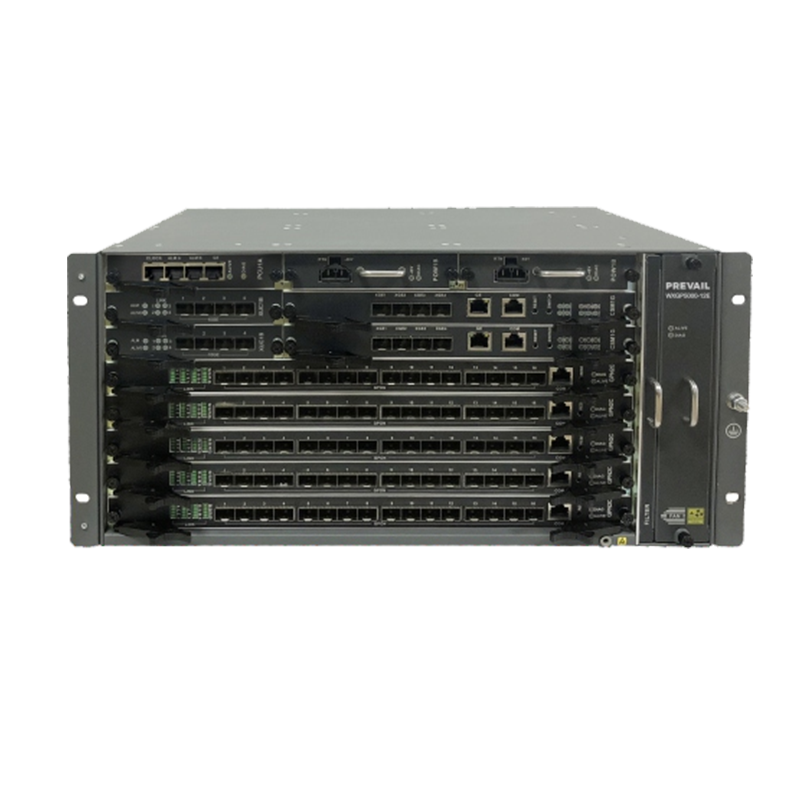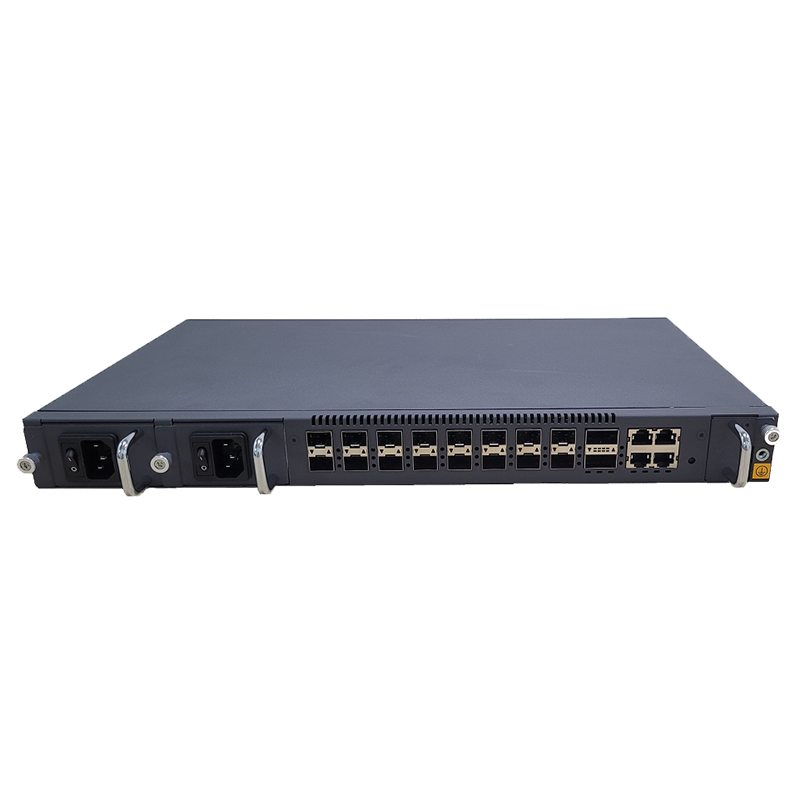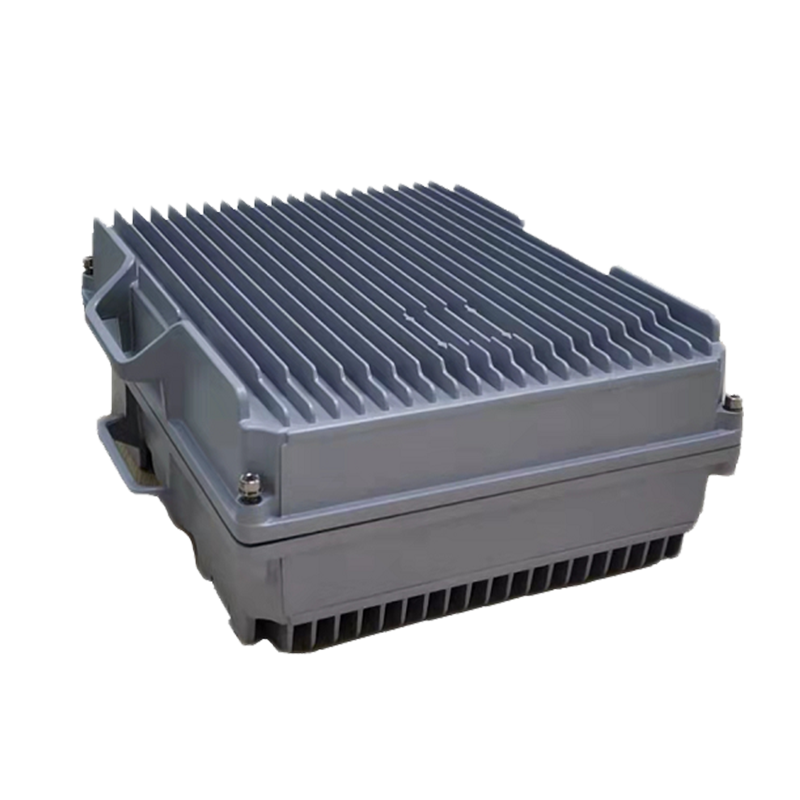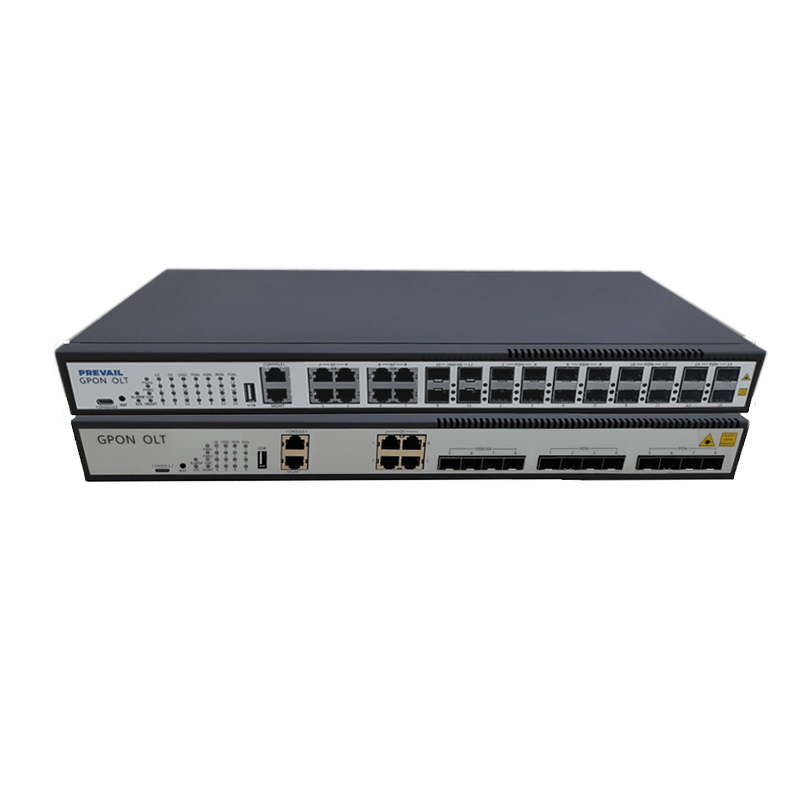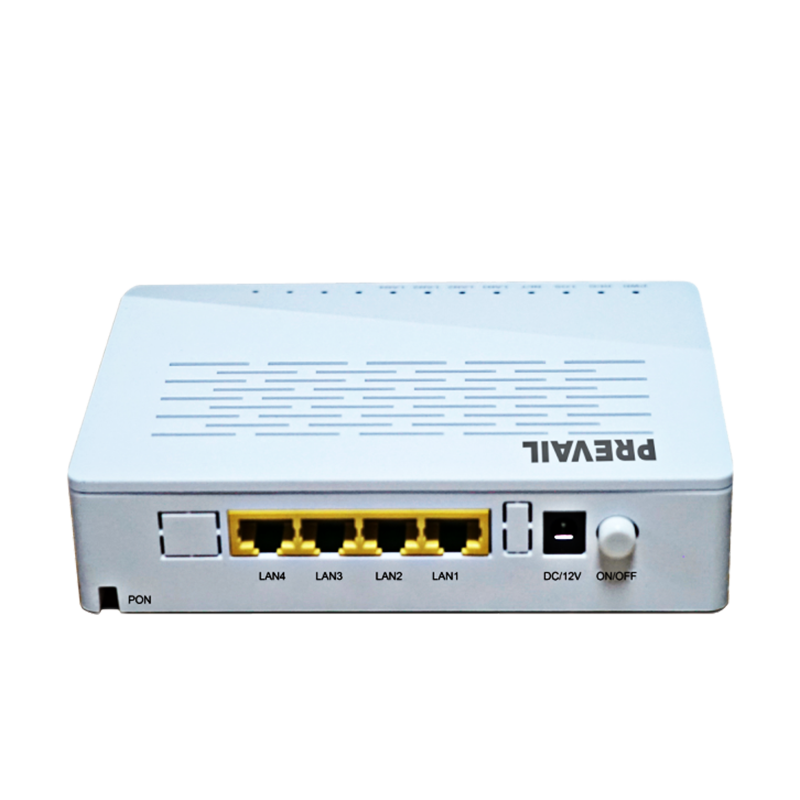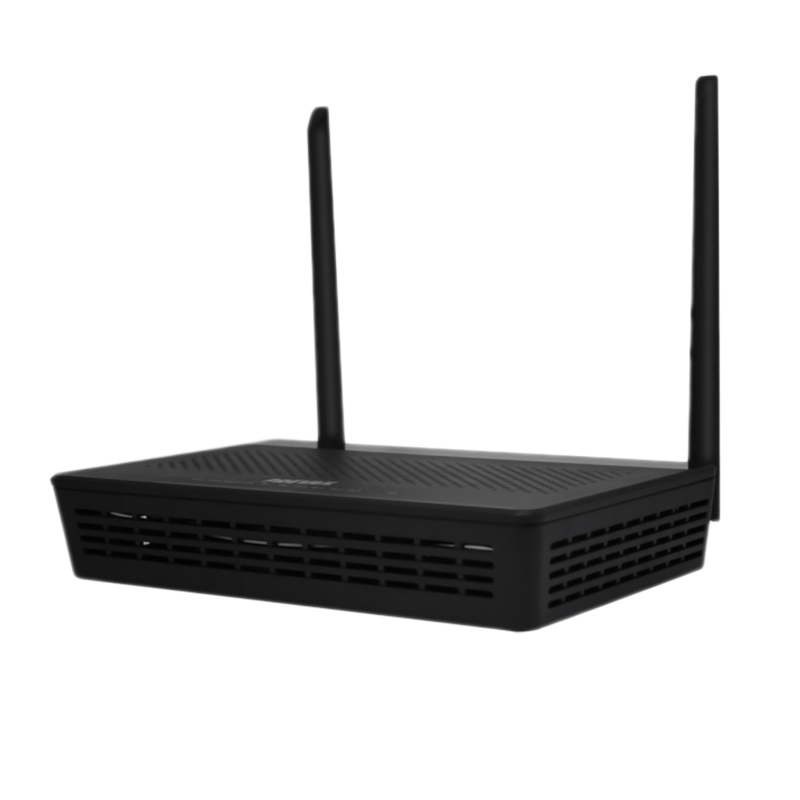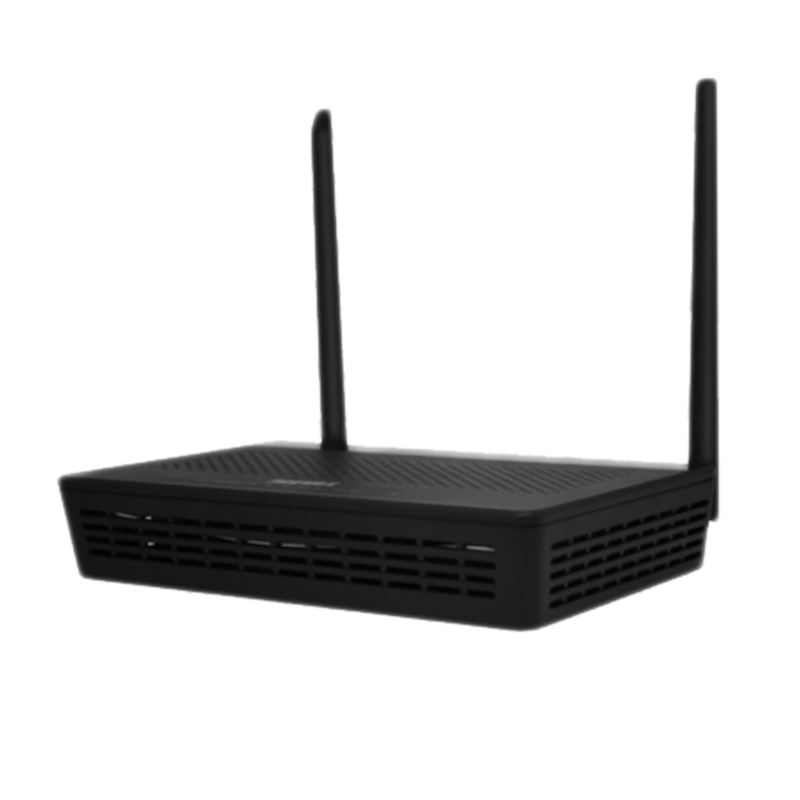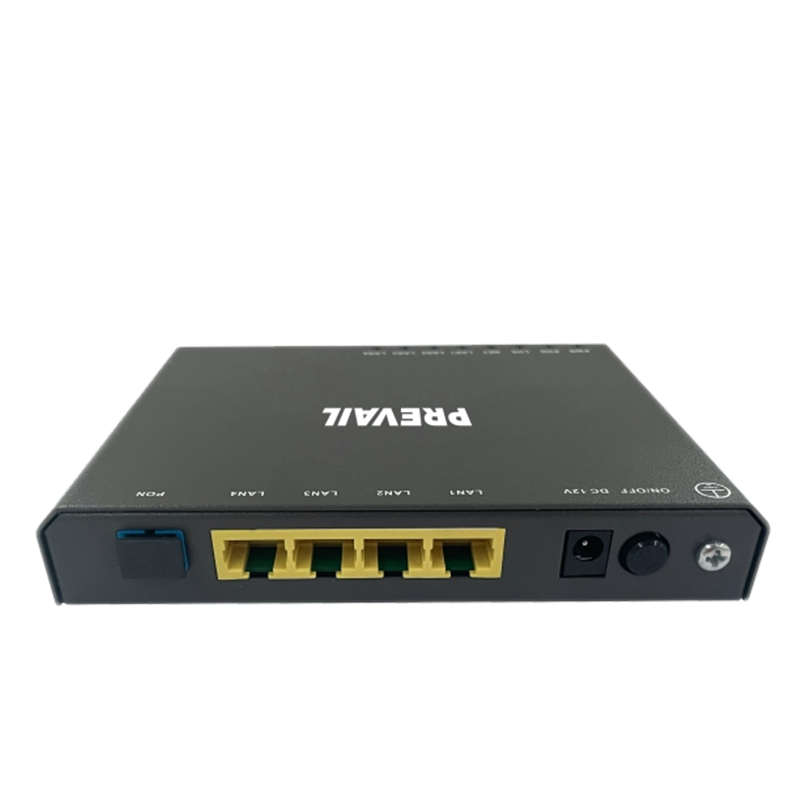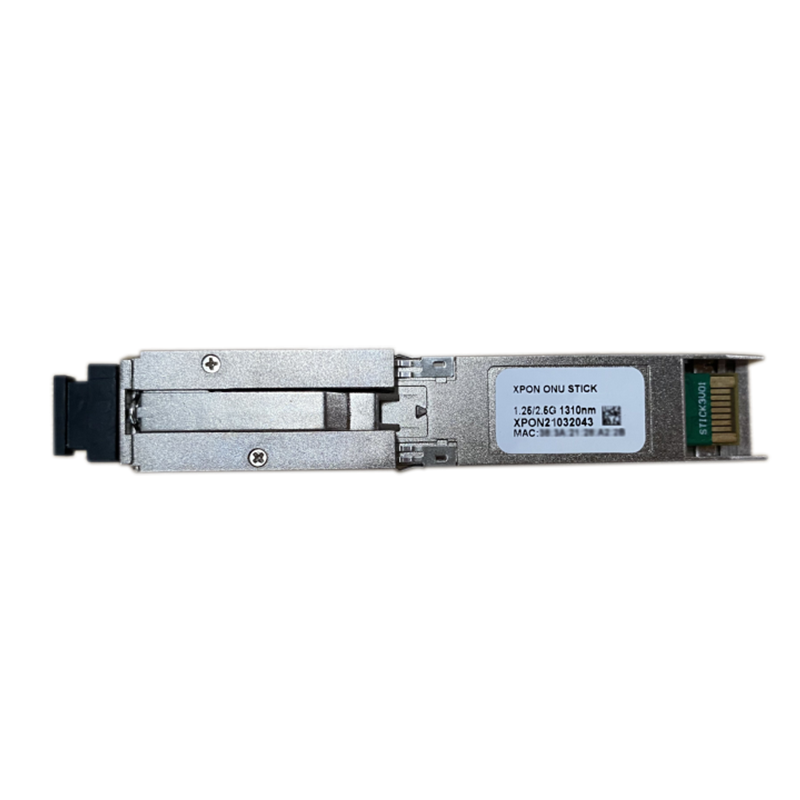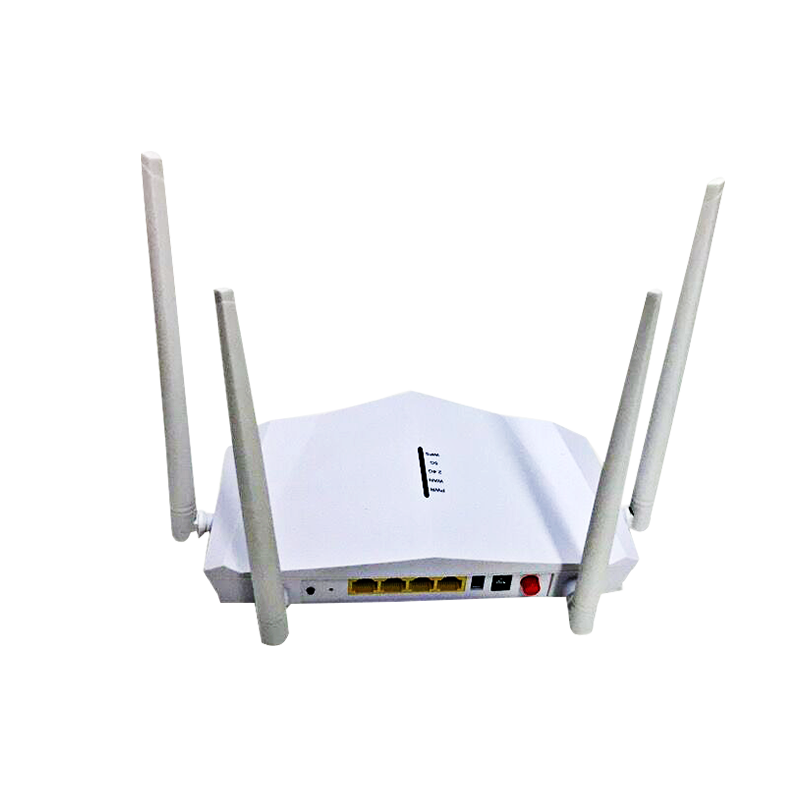Optical Communication Equipment: The Backbone of Modern Connectivity
In today's rapidly evolving digital landscape, the demand for high-speed, reliable, and efficient communication networks is more pressing than ever. At the heart of these networks lies optical communication equipment, a critical technology that enables the transmission of data over vast distances with minimal loss and maximum speed. This article delves into the importance of optical communication equipment, its key components, and the role it plays in driving global connectivity.
Optical communication equipment refers to the hardware and devices that utilize light, typically in the form of laser beams or light-emitting diodes (LEDs), to transmit data over fiber optic cables. Unlike traditional copper-based communication systems, which rely on electrical signals, optical communication systems use light to carry information. This method allows for much higher data transfer rates, greater bandwidth, and reduced signal degradation over long distances.
Optical communication systems consist of several critical components that work together to ensure efficient data transmission. The main components include:
Optical Transmitters: These devices convert electrical signals into optical signals. They typically include a laser diode or LED that generates the light used for transmission. The optical transmitter is responsible for encoding the data onto the light signal, ensuring that the information can be accurately conveyed over the fiber optic cable.
Optical Fiber: The optical fiber is the medium through which the light signals travel. Made from glass or plastic, optical fibers have a core that guides the light, allowing it to travel over long distances with minimal attenuation. There are two main types of optical fibers: single-mode fibers, which are used for long-distance communication, and multi-mode fibers, which are used for shorter distances.
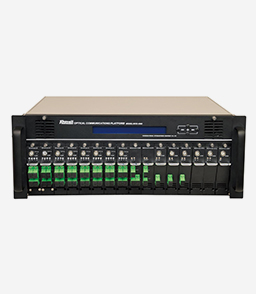
Optical Amplifiers: As light signals travel through the optical fiber, they can weaken due to scattering and absorption. Optical amplifiers boost the strength of the light signal without converting it back into an electrical signal, allowing the data to be transmitted over longer distances without loss of quality.
Optical Receivers: At the receiving end, optical receivers convert the light signals back into electrical signals. These devices typically include photodetectors, such as photodiodes, that detect the light and generate a corresponding electrical signal. The receiver then decodes the data and delivers it to the end-user.
Multiplexers and Demultiplexers: These devices are used to combine multiple optical signals onto a single fiber (multiplexing) and to separate them back into individual signals at the receiving end (demultiplexing). This process allows for more efficient use of the available bandwidth and enables the transmission of large amounts of data simultaneously.
Optical communication equipment offers several key advantages over traditional communication technologies:
High Bandwidth: Optical fibers can carry vast amounts of data, making them ideal for high-bandwidth applications such as video streaming, cloud computing, and large-scale data transfers. This capability is crucial for supporting the growing demand for internet services and applications that require fast, reliable connections.
Long-Distance Transmission: Optical communication systems can transmit data over long distances with minimal signal loss. This makes them particularly well-suited for international and intercontinental communication networks, where maintaining signal integrity over thousands of kilometers is essential.
Immunity to Electromagnetic Interference: Unlike copper-based communication systems, optical fibers are immune to electromagnetic interference (EMI). This ensures that data transmission remains stable and reliable even in environments with high levels of electrical noise, such as industrial settings or densely populated urban areas.
Security: Optical communication systems offer enhanced security compared to traditional communication methods. The physical nature of optical fibers makes them difficult to tap into without detection, reducing the risk of unauthorized access to the transmitted data.
Scalability and Future-Proofing: As the demand for data continues to grow, optical communication equipment can be easily scaled to accommodate increased traffic. The vast bandwidth potential of optical fibers ensures that they can support future advancements in communication technology without the need for significant infrastructure upgrades.
Optical communication equipment is used in a wide range of applications, from everyday internet connections to critical infrastructure. Some of the key areas where optical communication plays a vital role include:
Telecommunications: Optical fibers are the backbone of global telecommunications networks, enabling high-speed internet, voice, and video services across the world.
Data Centers: In data centers, optical communication equipment is essential for managing the massive amounts of data that are processed and stored. High-speed optical connections ensure efficient data transfers between servers, storage devices, and end-users.
Medical Imaging and Diagnostics: In the medical field, optical fibers are used in advanced imaging techniques, such as endoscopy and optical coherence tomography (OCT), providing doctors with high-resolution images of internal body structures.
Military and Defense: Optical communication systems are used in military applications for secure, high-speed data transmission, supporting everything from battlefield communications to surveillance systems.
Optical communication equipment is the cornerstone of modern connectivity, enabling the high-speed, reliable transmission of data that powers today's digital world. With its unparalleled bandwidth, long-distance capabilities, and immunity to interference, optical communication technology is set to remain the foundation of global communication networks for years to come. As the demand for faster, more secure, and more efficient data transmission continues to grow, the role of optical communication equipment will only become more critical in shaping the future of connectivity.





